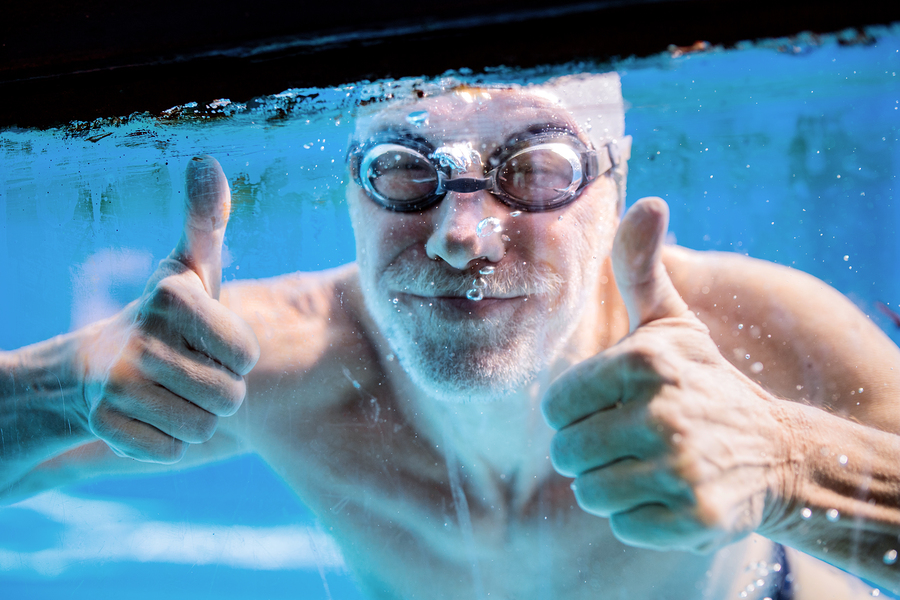Look good. Feel good.
Look good. Feel good. As we age, staying healthy can become harder, but that’s no reason to throw in the towel. The average life expectancy has increased, but the goal isn’t just quantity of years – it’s also quality of years. With the right diet and exercise, it’s possible to stay fit longer.
Exercise Regularly
According to the USC Leonard Davis School of Gerontology, three hours of exercise per week can increase a person’s life span by about five years, and exercise has been found to increase brain volume. Exercise can also help with arthritis, heart disease, diabetes and other chronic conditions.
The CDC states that reduced physical activity contributes to the loss of strength and stamina associated with aging, and older adults can gain significant health benefits by engaging in a moderate amount of physical activity. Daily activity is preferable, and both aerobic and muscle-strengthening exercises are recommended.
There are many ways to engage in physical activity.
- Swimming is a great workout that provide cardiovascular and muscle-strengthening benefits. If you don’t have a pool where you live, look for one at a nearby gym or community center.
- Walking is a simple way to get exercise. You can take a walk in your neighborhood or go to a nearby park. If the weather is bad, you can also walk indoors, for example, at a gym or mall. Adding more exercise to your daily routine can be as simple as parking farther away or taking the stairs instead of the elevator or escalator.
- Many people enjoy gardening as a hobby, but it’s also a great workout. If you don’t have a garden of your own, see if there’s a community garden in your area.
- This is another activity that is both fun and good exercise. Consider taking a class to learn a new type of dance or to brush up on your skills.
- Tai chi, yoga or Pilates. The right exercise can help you improve your balance and increase your core strength. If you can’t find a class, look for videos that teach the basic techniques.
- Strength training. If you don’t want to lift weights, resistance bands can be a good alternative.
Eat Right
According to the National Council on Aging, healthy eating can help older adults maintain a healthy weight and stay active and independent. A person’s metabolism and nutrient requirements can change as they age. It’s important to maintain a balanced diet with lean proteins, fruits and vegetables, whole grains and low-fat dairy.
Exactly how much you should be eating depends on many personal factors. You can get a personalized MyPlate Plan from the USDA. Just enter your age, sex, height, weight and physical activity level to get your calorie recommendations.
Important Tips
- Check with your doctor first. Discuss any health concerns before beginning a new exercise program. Talk to your doctor about any plans to change your diet, as well, and be aware that certain foods can impact medications.
- Pay attention to the elements. If you’re exercising outside, you need to dress for the weather. Avoid too much direct sunlight and drink plenty of water.
- Start slow. If you haven’t been physically active for a while, start slow. You don’t need to complete a long workout to start seeing benefits. Over time, you can increase the length and intensity of your routine.
- Don’t give up. Developing new habits can take time. Keep it up.
- Watch out for warning signs. Don’t ignore pain. If you experience any pain or discomfort, talk to your doctor. Call 911 if you are experiencing a medical emergency.
- Do something you enjoy. You’ll be more likely to stick to healthy habits if you find healthy foods and physical activities that you actually like.
- Make it social. Enroll in a class, join a club or get a group of friends together. You can support each other and have fun while doing it.

